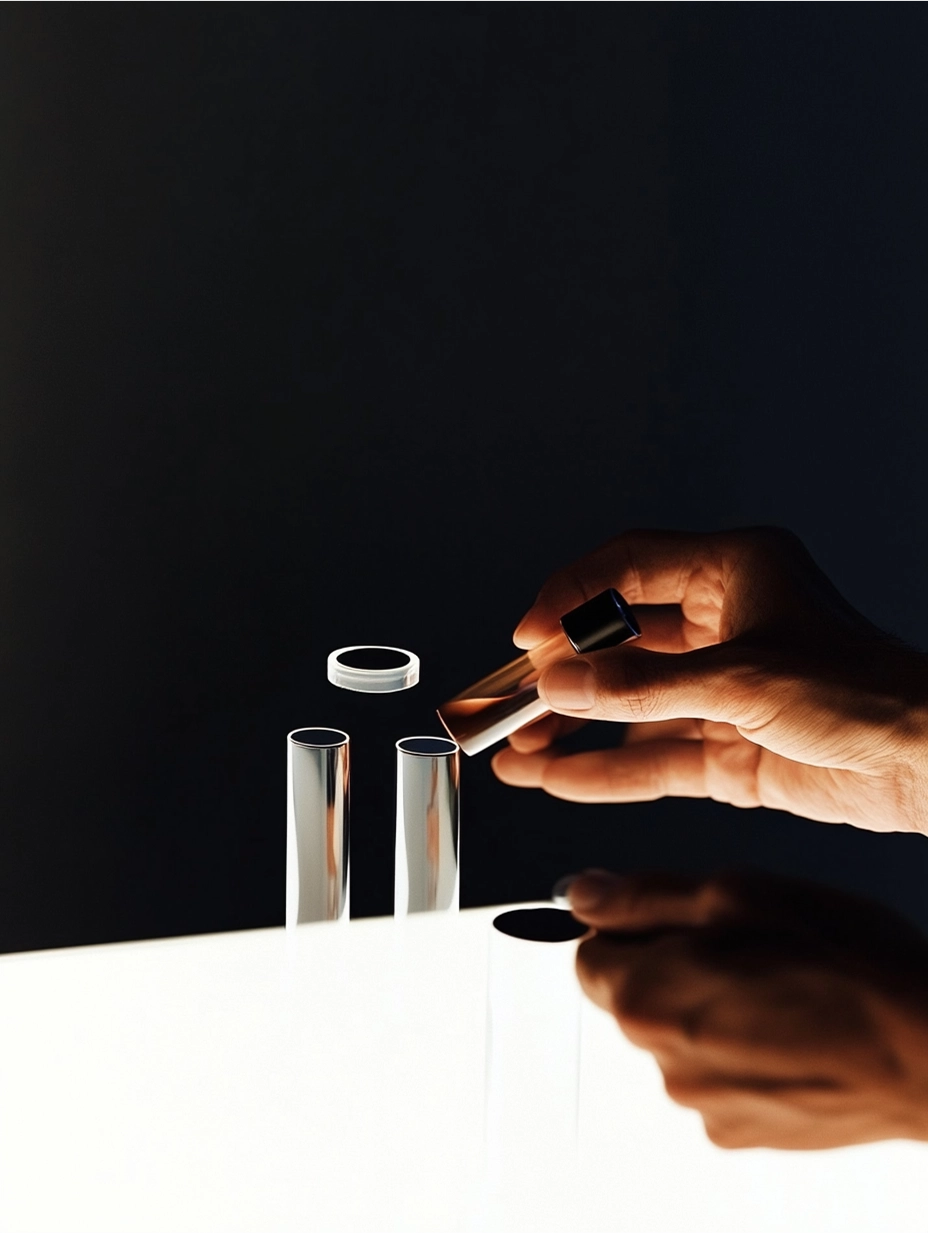Companies today face a common bottleneck when scaling digital products: ensuring design and development teams can work in sync while maintaining visual and functional consistency. This becomes increasingly complex when dealing with multiple projects, varying technologies, and ever-evolving design trends.
Our client, a global leader in advanced security solutions, was no exception. With disparate teams working on a suite of interconnected products, the lack of a unified design and development framework was slowing down progress, increasing costs, and creating visual inconsistencies.
It’s not about whether you need a design system—it’s about how much you’re losing without one. The moment you’re scaling, the savings become crystal clear.
